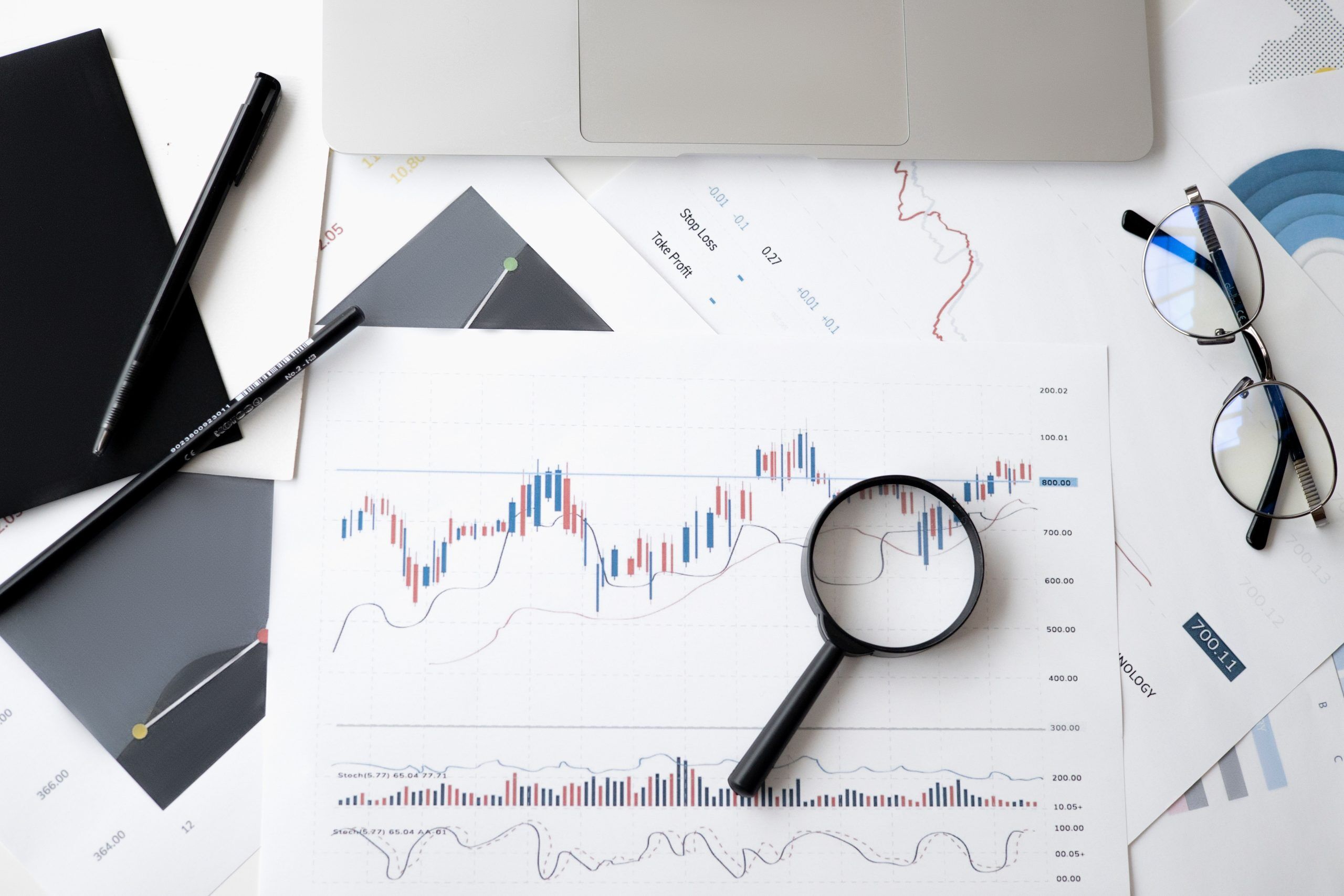How Futures Margins Work

Whether you’re a veteran futures trader or new to futures trading, you’ve likely heard a lot about margins. Understanding futures margins and how they work is crucial to your journey as a futures trader.
What is futures margin?
Futures margin is the actual amount of money that a trader needs in their account to buy or sell a futures contract. Unlike the stock market where you are purchasing shares, the futures margin is a good-faith deposit that needs to be held in your account in order to control a futures contract. There are three types of margins you’ll want to keep track of, and we discuss them below.
Initial Margin
The initial futures margin is the amount of money that you need in order to open a long or short position on a futures contract. Unlike stocks, the margin to open a long futures position is the same as the amount needed to open a short futures position. The initial margin is set by the exchange and is sometimes referred to as the ‘overnight margin’.
Maintenance Margin
The maintenance margin is the amount of money you’ll need to keep in your account at any given time in order to maintain the position that you opened after meeting the initial margin requirements. The initial margin on a futures contract is typically 10% higher than the maintenance.
For example, suppose you have a futures trading account with a $1,000 balance, and you buy a contract with an initial margin requirement of $1,000 and a maintenance margin of $900. If your long position fell by over $100, your account would have less than the maintenance margin requirement, and you would either need to deposit additional funds to bring your balance over the maintenance margin requirement or close the position.
Day Margin
The day margin is set by the futures broker. It is typically a discounted margin rate for intraday trades. For example, Ironbeam offers $50 day margins on the Micro E-mini S&P 500 contract. You can utilize the discounted day margin as long as the position is opened and closed within the same trading session. Day margins have become very popular for day traders that are looking to use smaller amounts of capital in order to trade the futures markets.
Conclusion
Futures margins refer to the amount of capital required in order to take on a futures position. Initial margin is what you need to initiate a position, the maintenance margin is what you need to maintain that position, and the day margin is the amount required for positions that will be opened and closed same-day. Please see below for other helpful information.
- Choosing a Futures Broker
- Ironbeam Free Trading Platform
- Low Daytrade Margins
- 24-Hour Support
- Tutorial Videos
Ready to trade?
OPEN ACCOUNTDISCLAIMER: There is a substantial risk of loss in trading commodity futures and options products. Losses in excess of your initial investment may occur. Past performance is not necessarily indicative of future results. Please contact your account representative with concerns or questions.
